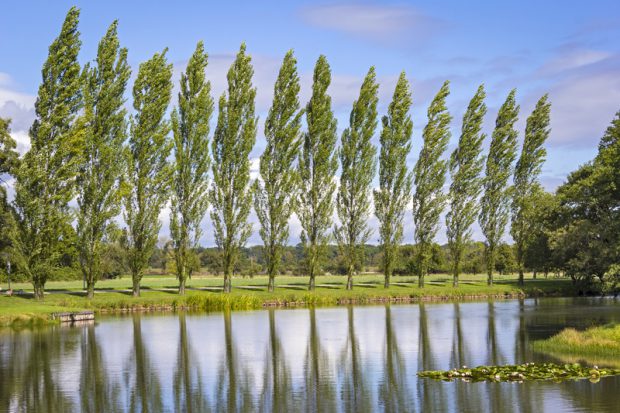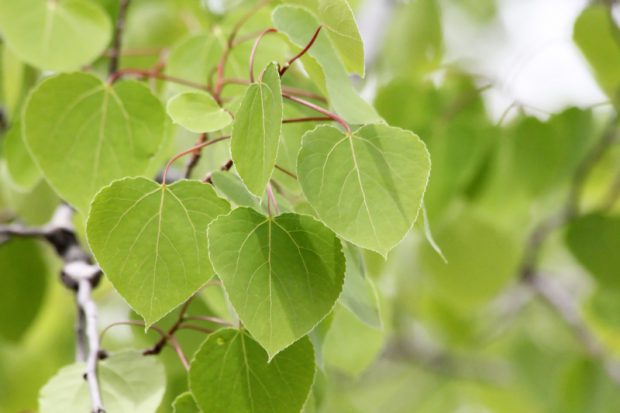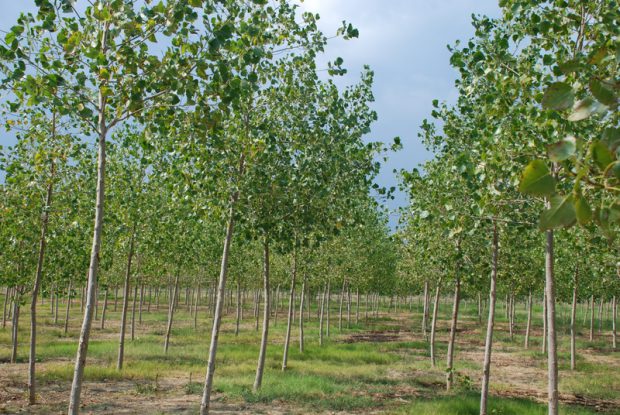How to plant willows and poplars

Row of poplar trees. Photo: Dreamstime
Two great options for fodder, shelter, shade and firewood can be as simple as a stick in the ground.
Words: Nadene Hall
The popularity of willow and poplar has been growing over the past 30 years, as more and more farmers have realized their potential for erosion control and more recently as fodder during drought and for their health benefits.
If you’re intending to plant willow and poplar poles for the first time, you may be wondering just how hard it is to plant essentially what looks like a long, cultivated stick.
However, there is an art to ensuring poles stay the distance.
VARIETY IS KEY
There is a huge number of poplar and willow varieties available for differing reasons. You should make your choice depending on:
– do you have dry summers or moist?
– is the planting area frost prone or mild?
– it is humid or dry?
– sheltered or windy?
– coastal or inland?
Some species of poplar and willow are also less palatable to possum, so if you have a problem with possums, this may also be a criteria to choose from.
POLE OPTIONS
You can buy poles from nurseries at different lengths for different reasons;
Wands/stakes: 1m long, very easy to plant, good strike rate in absence of stock; severely damaged if stock are let back in too soon.
Sheep poles: 1.5-2.4m long, more effort required to plant; good strike rate on sheep-farms, but cattle can still reach the tops.
Cattle poles: 2.5-3m long, require considerable effort to plant; strike rate can be variable but establish well in presence of cattle as the tops are out of reach.

Spring poplar tree. Photo: Dreamstime
WHERE TO PLANT:
For erosion control: the best place to plant is where you suspect a slip may be forming; where there are tension cracks in the pasture, smaller slips that have grown over, mounds and hollows, or little waterways running down a hill. The aim is to have the roots of your poplars or willows interlocking at the 5-6 year mark, so plant no further away than 10-12m. If a slope is particularly unstable, bring them in to 5-6m apart.
For fodder: willow and poplar can be coppiced, and if this is what you are planning to do (to allow stock to self-browse on trees during times of feed shortages), you can bring the planting spacings down to 1m between poles and 2m between rows.
PLANTING TECHNIQUES:
– Plant poles in late autumn (if you’ve had good rain through autumn) or early winter when soil is moist.
– Always soak poles, at least for a day or two, before planting for maximum strike rate, in fresh water (change it at least once a day), to a depth of 200-450mm.
– Poles will keep for a while, if their ends are kept moist. This requires standing them in running water (10-21 days at most) or standing water (1-2 days). If the poles dry out, they won’t strike. If you leave them too long, they will start to bud up before you plant them and most likely won’t stand the shock of being planted.
– Where soil is moist, ram wands in by hand, down to a depth of 50cm. Sheep poles will require use of a pole rammer, to get them down to a depth of 50-70cm; this will mush up its end a bit but it will recover. For cattle poles, use a reinforcing rod or length of light bar that is of a slightly smaller diameter than the pole if possible and pre-ram the hole, so the pole is tightly fitted. If that is not possible, you will need to use a hand or petrol post-hole borer, to a depth of at least 70cm. Make sure the soil is firmly packed around the pole.
– Where the soil is dry, particularly on hillsides, you will need to pre-ram the hole no matter what the length of the pole, otherwise you risk damaging its end and killing it.

Poplar grove. Photo: Dreamstime
– Always protect poles from stock. There are commercial sleeves, electrified loops and other pre-made products to protect poles from stock damage, or you can use corrugated iron (bent around to form a cylinder). While not so relevant on a coppiced fodder block, if you want to use trees for erosion control, consider keeping stock out of the area for 12-24 months to give your trees the best chance to get good growth on.
– Check your poles regularly, to make sure the surrounding soil hasn’t dried out and left a gap between the ground the growing root system. This makes a pole too loose in the ground to be stable (so it’s more likely to blow over), and can also allow disease to enter the root system.
– Check stock protectors are still in place.
– Check for dieback. If the upper end of a pole has died back, but there is growth lower down then cut it back to the good wood.
– Most varieties of poplar and willow will naturally form a single leader, but if not you can prune at the 2-3 year mark; this is a good idea, especially if you are in a windy region. If you want to use the trees as a coppice-fodder block, they can be grazed from year 2 if growth is good and coppiced near to ground level.
MORE LIKE THIS
How a small Waikato farm harnesses the power of Paulownia, the fastest-growing tree in the world
Forty shelter trees to grow your property the best shelterbelt in New Zealand
Love this story? Subscribe now!
 This article first appeared in NZ Lifestyle Block Magazine.
This article first appeared in NZ Lifestyle Block Magazine.
